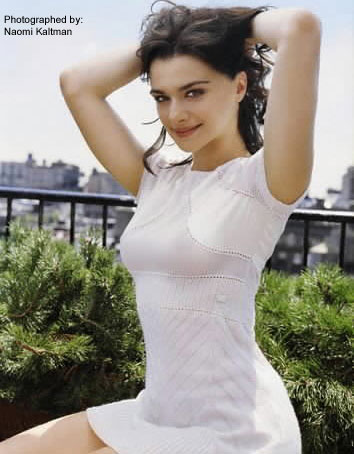
Golmaal and Jhoot Bole Cowa Kate:
By: Souvik Chatterji.
Rishikesh Mukherjee had experimented with a number of comedy films in the 70s, 80s, and 90s. His film Golmaal, released in 1979 was a major hit. The story involved a middle class character played by Amol Palekar who had to take the recourse of falsehood to get a job in Urmila Traders Co. His superior officer played by Utpal Dutta, maintained strict rules of discipline in his office. The entire film had serio-comic flavour and the story revolved around the incidents relating to Utpal Dutta and Amol Palekar.
Amol Palekar had to play double roles of the character Ram Prasad and Laxman Prasad, one with moustache and the other without it to satisfy his boss. The elder brother maintained old values and satisfied his boss with his orthodox language. The younger brother went to his boss’s house to teach music and got involved in an affair with his daughter. Ultimately while doing the acting his moustache fell of and led to drama.
Very significantly, the story did involve real life situations and the audience associated themselves with the characters. There were continuation of the same series of films titled Naram Garam and Jhoot Bole Cowa Kate. After Naram Garam, Utpal Dutta died and Rishikesh Mukherjee had to change his team with Amrish Puri and Anil Kapoor in the follwing film. This film also revolved around the same sense of humour associated with lies and recourse to falsehood. Anil Kapoor had to pretend to be a character which was not true to impress Amrish Puri to marry Juhi Chwala, his daughter. There is intellectual humour. But unlike the previous films it was not as successful inspite of good music composed by Anand Milind and songs of Udit Narayan.
This year, 2007, mainly the seriocomic films had become major hits and it proves the point that Indian crowd due to their stress at workplace and tensions admire the comedy films more than other type of films. Comedy is existent in every part of life and laughter can help us to forget our anxieties for the short period of time. One of the good qualities of Rishikesh Mukherjee involved strong script which can inspire new directors to make similar films. Present directors can make films on witty subjects that everybody enjoy. In the new year 2008, Indian audience expect films made on these types of subjects which everybody can enjoy.
By: Souvik Chatterji.
Rishikesh Mukherjee had experimented with a number of comedy films in the 70s, 80s, and 90s. His film Golmaal, released in 1979 was a major hit. The story involved a middle class character played by Amol Palekar who had to take the recourse of falsehood to get a job in Urmila Traders Co. His superior officer played by Utpal Dutta, maintained strict rules of discipline in his office. The entire film had serio-comic flavour and the story revolved around the incidents relating to Utpal Dutta and Amol Palekar.
Amol Palekar had to play double roles of the character Ram Prasad and Laxman Prasad, one with moustache and the other without it to satisfy his boss. The elder brother maintained old values and satisfied his boss with his orthodox language. The younger brother went to his boss’s house to teach music and got involved in an affair with his daughter. Ultimately while doing the acting his moustache fell of and led to drama.
Very significantly, the story did involve real life situations and the audience associated themselves with the characters. There were continuation of the same series of films titled Naram Garam and Jhoot Bole Cowa Kate. After Naram Garam, Utpal Dutta died and Rishikesh Mukherjee had to change his team with Amrish Puri and Anil Kapoor in the follwing film. This film also revolved around the same sense of humour associated with lies and recourse to falsehood. Anil Kapoor had to pretend to be a character which was not true to impress Amrish Puri to marry Juhi Chwala, his daughter. There is intellectual humour. But unlike the previous films it was not as successful inspite of good music composed by Anand Milind and songs of Udit Narayan.
This year, 2007, mainly the seriocomic films had become major hits and it proves the point that Indian crowd due to their stress at workplace and tensions admire the comedy films more than other type of films. Comedy is existent in every part of life and laughter can help us to forget our anxieties for the short period of time. One of the good qualities of Rishikesh Mukherjee involved strong script which can inspire new directors to make similar films. Present directors can make films on witty subjects that everybody enjoy. In the new year 2008, Indian audience expect films made on these types of subjects which everybody can enjoy.












